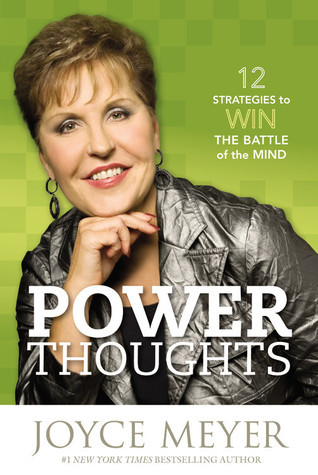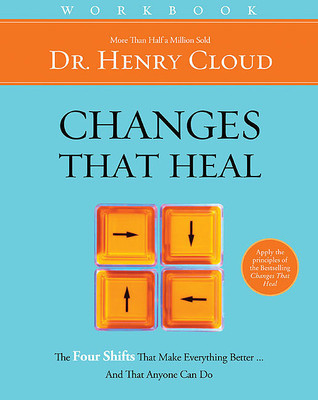
Feeling Good: The New Mood Therapy
Book Description
Imagine dismantling the dark thoughts that cloud your mind, piece by piece, to reveal a brighter outlook on life. In "Feeling Good: The New Mood Therapy," David D. Burns unveils powerful cognitive techniques that empower you to challenge negativity and reclaim your joy. Blending groundbreaking research with practical exercises, the book transforms the way you think and feel, unlocking the secret to emotional freedom. With clarity that cuts through confusion, it invites a revolution in your mental wellbeing. What if the key to happiness has been within your reach all along, waiting for you to take that first step?
Quick Book Summary
"Feeling Good: The New Mood Therapy" by David D. Burns is a groundbreaking self-help book that introduces readers to the principles of cognitive behavioral therapy (CBT) to combat depression and negative thinking. Burns explains how patterns of distorted thinking, such as all-or-nothing thinking or catastrophizing, can fuel feelings of sadness, anxiety, and hopelessness. Through practical exercises, readers learn to identify and challenge these cognitive distortions, replacing them with more balanced and realistic thoughts. The book offers hands-on techniques to elevate mood, break the cycle of self-criticism, and develop resilience. Drawing on clinical research and real-life case studies, Burns empowers individuals to take control of their emotional well-being, showing that the path to happiness is achievable by transforming the way we think.
Summary of Key Ideas
Table of Contents
Understanding Cognitive Distortions and Their Role in Depression
David D. Burns begins by illuminating the profound connection between how we think and how we feel. He explains that depression often arises not merely from external events but from persistent negative thoughts and distorted thinking patterns. These cognitive distortions—such as overgeneralization, mind reading, and magnification—skew our perception of reality and lead to feelings of hopelessness and worthlessness. Recognizing these thought patterns is the first critical step toward emotional healing.
Challenging Negative Thoughts with Cognitive Techniques
Once readers are familiar with these distortions, Burns introduces the core techniques of cognitive behavioral therapy. Central to CBT is the idea that by actively examining and challenging negative beliefs, individuals can effectively alter their emotional responses. The book details several methods for disputing unhelpful thoughts, including keeping a mood log, questioning the evidence for negative statements, and generating more balanced alternatives. These techniques make it possible to deconstruct harmful thought patterns and rebuild a healthier mental framework.
The Link Between Thoughts, Emotions, and Behavior
Burns highlights the interplay between thoughts, emotions, and behaviors by showing how distorted thinking not only affects mood but also shapes actions and reinforces depressive cycles. Negative beliefs can lead one to withdraw socially, avoid activities, or engage in self-critical rumination, thereby worsening depression. The book stresses the importance of taking behavioral action—such as setting achievable goals and seeking pleasurable experiences—as a complement to thought-oriented strategies, reinforcing the mind-body connection.
Practical Exercises for Building Emotional Resilience
Throughout "Feeling Good," practical exercises are provided to strengthen emotional resilience. Readers are encouraged to experiment with daily mood tracking, cognitive restructuring, and “pleasure predicting” to create positive feedback loops. These exercises serve as tools for managing stress, overcoming procrastination, and preventing the downward spiral of depression. Case studies and step-by-step instructions make the material accessible, empowering individuals to take an active role in their own recovery.
Preventing Relapse and Sustaining Positive Change
The final part of the book addresses the risk of relapse and outlines strategies for maintaining progress. Burns emphasizes that setbacks are a normal part of growth and provides guidance on identifying early warning signs. He encourages ongoing use of cognitive techniques and self-monitoring to catch and correct negative patterns before they escalate. By fostering self-compassion and a commitment to continual practice, readers learn to sustain the gains achieved and enjoy lasting emotional well-being.
Download This Summary
Get a free PDF of this summary instantly — no email required.





